A System-Level Methodology for the Design of Reliable Low-Power Wireless Sensor Networks
Abstract
1. Introduction
2. Sensor Node Energy Model
2.1. Modeling Framework
2.2. Energy Model Parameters
2.3. Analytical Energy Model
2.3.1. Micro-Controller Unit (MCU)
2.3.2. Wireless Transceiver and Sensor
3. Outdoor Measurements and Wireless Link Characterization
3.1. Ambient Noise Density Measurements
3.2. Communication Range Outdoor Measurements
3.2.1. Suburban Area
3.2.2. Urban Area
3.2.3. Experimental Results
3.3. Path-Loss Model
4. Maximizing Data Rate
5. Energy-Latency-Reliability Trade-Off
5.1. Current Consumption Profile of Different Data Transfer Schemes
5.2. Packet Success Probability
5.2.1. Forward Error Correction (FEC)
5.2.2. Blind Retransmissions (BR)
5.2.3. ARQ-Based Retransmissions
6. Resulting Design Methodology and Case Studies
6.1. Design Flow and Methodology
6.2. Case Studies
6.2.1. 99% Reliability Target
6.2.2. 99.999% Reliability Target
7. Conclusions
Author Contributions
Funding
Conflicts of Interest
References
- Leech, C.; Raykov, Y.P.; Ozer, E.; Merrett, G.V. Real-time room occupancy estimation with Bayesian machine learning using a single PIR sensor and microcontroller. In Proceedings of the 2017 IEEE Sensors Applications Symposium (SAS), Glassboro, NJ, USA, 13–15 March 2017; pp. 1–6. [Google Scholar]
- Blanco-Novoa, O.; Fernández-Caramés, T.; Fraga-Lamas, P.; Castedo, L. A cost-effective IoT system for monitoring Indoor radon gas concentration. Sensors 2018, 18, 2198. [Google Scholar] [CrossRef]
- Veiga, A.A.; Abbas, J.C. Proposal and Application of Bluetooth Mesh Profile for Smart Cities’ Services. Smart Cities 2019, 2, 1–19. [Google Scholar] [CrossRef]
- Costa, G.D.; Damasceno, A.; Silva, I. CitySpeed: A Crowdsensing-Based Integrated Platform for General-Purpose Monitoring of Vehicular Speeds in Smart Cities. Smart Cities 2019, 2, 46–65. [Google Scholar] [CrossRef]
- Sun, W.; Yuan, X.; Wang, J.; Li, Q.; Chen, L.; Mu, D. End-to-End Data Delivery Reliability Model for Estimating and Optimizing the Link Quality of Industrial WSNs. IEEE Trans. Autom. Sci. Eng. 2018, 15, 1127–1137. [Google Scholar] [CrossRef]
- Ledwaba, L.P.I.; Hancke, G.P.; Venter, H.S.; Isaac, S.J. Performance Costs of Software Cryptography in Securing New-Generation Internet of Energy Endpoint Devices. IEEE Access 2018, 6, 9303–9323. [Google Scholar] [CrossRef]
- Kong, P.; Liu, C.; Jiang, J. Cost-Efficient Placement of Communication Connections for Transmission Line Monitoring. IEEE Trans. Ind. Electron. 2017, 64, 4058–4067. [Google Scholar] [CrossRef]
- Dobslaw, F.; Zhang, T.; Gidlund, M. QoS-Aware Cross-Layer Configuration for Industrial Wireless Sensor Networks. IEEE Trans. Ind. Inform. 2016, 12, 1679–1691. [Google Scholar] [CrossRef]
- Xu, L.D.; He, W.; Li, S. Internet of Things in Industries: A Survey. IEEE Trans. Ind. Inform. 2014, 10, 2233–2243. [Google Scholar] [CrossRef]
- Sommer, P.; Maret, Y.; Dzung, D. Low-Power Wide-Area Networks for Industrial Sensing Applications. In Proceedings of the 2018 IEEE International Conference on Industrial Internet (ICII), Bellevue, WA, USA, 21–23 October 2018; pp. 23–32. [Google Scholar]
- Bacco, M.; Berton, A.; Gotta, A.; Caviglione, L. IEEE 802.15.4 Air-Ground UAV Communications in Smart Farming Scenarios. IEEE Commun. Lett. 2018, 22, 1910–1913. [Google Scholar] [CrossRef]
- Srbinovska, M.; Dimcev, V.; Gavrovski, C. Energy consumption estimation of wireless sensor networks in greenhouse crop production. In Proceedings of the IEEE EUROCON 2017—17th International Conference on Smart Technologies, Ohrid, Macedonia, 6–8 July 2017; pp. 870–875. [Google Scholar]
- Konstantopoulos, C.; Koutroulis, E.; Mitianoudis, N.; Bletsas, A. Converting a Plant to a Battery and Wireless Sensor with Scatter Radio and Ultra-Low Cost. IEEE Trans. Instrum. Meas. 2016, 65, 388–398. [Google Scholar] [CrossRef]
- Vračar, L.; Prijić, A.; Nešić, D.; Dević, S.; Prijić, Z. Photovoltaic Energy Harvesting Wireless Sensor Node for Telemetry Applications Optimized for Low Illumination Levels. Electronics 2016, 5, 26. [Google Scholar]
- Bader, S.; Ma, X.; Oelmann, B. On the Modeling of Solar-Powered Wireless Sensor Nodes. J. Sens. Actuator Netw. 2014, 3, 207–223. [Google Scholar] [CrossRef]
- Tan, Y.K.; Panda, S.K. Energy Harvesting From Hybrid Indoor Ambient Light and Thermal Energy Sources for Enhanced Performance of Wireless Sensor Nodes. IEEE Trans. Ind. Electron. 2011, 58, 4424–4435. [Google Scholar] [CrossRef]
- Alameh, A.H.; Gratuze, M.; Elsayed, M.Y.; Nabki, F. Effects of Proof Mass Geometry on Piezoelectric Vibration Energy Harvesters. Sensors 2018, 18, 1584. [Google Scholar] [CrossRef]
- Wu, F.; Rüdiger, C.; Yuce, M. Real-Time Performance of a Self-Powered Environmental IoT Sensor Network System. Sensors 2017, 17, 282. [Google Scholar] [CrossRef] [PubMed]
- Chai, R.; Zhang, Y. A Practical Supercapacitor Model for Power Management in Wireless Sensor Nodes. IEEE Trans. Power Electron. 2015, 30, 6720–6730. [Google Scholar] [CrossRef]
- Cid-Fuentes, R.G.; Cabellos-Aparicio, A.; Alarcón, E. Energy Buffer Dimensioning Through Energy-Erlangs in Spatio-Temporal-Correlated Energy-Harvesting-Enabled Wireless Sensor Networks. IEEE J. Emerg. Sel. Top. Circuits Syst. 2014, 4, 301–312. [Google Scholar] [CrossRef]
- Bdiri, S.; Brini, O.; Derbel, F. A Self-Duty-Cycled Digital Baseband for Energy-Enhanced Wake-up Receivers. In Proceedings of the SENSORNETS 2018—7th International Conference on Sensor Networks, Madeira, Portugal, 22–24 January 2018; pp. 15–18. [Google Scholar]
- Selvakumar, D.; Nanda, K.; Pasupuleti, H.B. Wireless sensor device hardware architecture—Design and analysis for high availability. In Proceedings of the 2015 7th International Conference on New Technologies, Mobility and Security (NTMS), Paris, France, 27–29 July 2015; pp. 1–5. [Google Scholar]
- Sadok, B.; Oussama, B.; Faouzi, D. Digital Back-End Based on a Low-power Listening Protocol for Wake-Up Receivers. Sens. Transducers 2018, 224, 22–27. [Google Scholar]
- Élodie, M.; Maman, M.; Guizzetti, R.; Duda, A. Comparison of the Device Lifetime in Wireless Networks for the Internet of Things. IEEE Access 2017, 5, 7097–7114. [Google Scholar] [CrossRef]
- Min, A.W.; Wang, R.; Tsai, J.; Ergin, M.A.; Tai, T.-Y.C. Improving energy efficiency for mobile platforms by exploiting low-power sleep states. In Proceedings of the 9th conference on Computing Frontiers, Cagliari, Italy, 15–17 May 2012; pp. 133–142. [Google Scholar]
- Vilajosana, X.; Tuset-Peiro, P.; Vazquez-Gallego, F.; Alonso-Zarate, J.; Alonso, L. Standardized Low-Power Wireless Communication Technologies for Distributed Sensing Applications. Sensors 2014, 14, 2663–2682. [Google Scholar] [CrossRef] [PubMed]
- Rodrigues, M.L.; Montez, C.; Moraes, R.; Portugal, P.; Vasques, F. A Temperature-Dependent Battery Model for Wireless Sensor Networks. Sensors 2017, 17, 422. [Google Scholar] [CrossRef]
- Rodrigues, M.L.; Montez, C.; Budke, G.; Vasques, F.; Portugal, P. Estimating the Lifetime of Wireless Sensor Network Nodes through the Use of Embedded Analytical Battery Models. J. Sens. Actuator Netw. 2017, 6, 8. [Google Scholar] [CrossRef]
- Ferry, N.; Ducloyer, S.; Julien, N.; Jutel, D. Power/Energy Estimator for Designing WSN Nodes with Ambient Energy Harvesting Feature. Eurasip J. Embed. Syst. 2011, 2011, 242386. [Google Scholar] [CrossRef]
- Laurent, J.; Julien, N.; Senn, E.; Martin, E. Functional Level Power Analysis: An Efficient Approach for Modeling the Power Consumption of Complex Processors. In Proceedings of the Conference on Design, Automation and Test in Europe, Paris, France, 16–20 February 2004; Volume 1, p. 10666. [Google Scholar]
- Virk, K.; Hansen, K.; Madsen, J. System-level Modeling of Wireless Integrated Sensor Networks. In Proceedings of the 2005 International Symposium on System-on-Chip, Tampere, Finland, 15–17 November 2005; pp. 179–182. [Google Scholar]
- Bartolomeu, P.; Alam, M.; Ferreira, J.; Fonseca, J. Survey on low power real-time wireless MAC protocols. J. Netw. Comput. Appl. 2016, 75, 293–316. [Google Scholar] [CrossRef]
- Orcioni, S.; Giammarini, M.; Scavongelli, C.; Vece, G.B.; Conti, M. Energy estimation in SystemC with Powersim. Integration 2016, 55, 118–128. [Google Scholar] [CrossRef]
- Anwar, A.K.; Lavagno, L. MEOW: Model-based design of an energy-optimized protocol stack for wireless sensor networks. In Proceedings of the IEEE Local Computer Network Conference, Denver, CO, USA, 10–14 October 2010; pp. 590–597. [Google Scholar]
- MathWorks. Stateflow User’s Guide. In R2018b; Mathworks: Natick, MA, USA, 2018; Available online: https://www.mathworks.com (accessed on 6 September 2018).
- Oussama, B.; Dominic, D.; Frederic, N. A Model-Based Approach for the Design of Ultra-Low Power Wireless Sensor Nodes. In Proceedings of the NEWCAS 2018—16th IEEE International NEWCAS Conference, Montreal, QC, Canada, 24–27 June 2018; pp. 248–251. [Google Scholar]
- Klaina, H.; Vazquez Alejos, A.; Aghzout, O.; Falcone, F. Narrowband Characterization of Near-Ground Radio Channel for Wireless Sensors Networks at 5G-IoT Bands. Sensors 2018, 18, 2428. [Google Scholar] [CrossRef]
- Phillips, C.; Sicker, D.; Grunwald, D. A Survey of Wireless Path Loss Prediction and Coverage Mapping Methods. IEEE Commun. Surv. Tutor. 2013, 15, 255–270. [Google Scholar] [CrossRef]
- Khosravirad, S.R.; Viswanathan, H. Analysis of feedback error in Automatic Repeat reQuest. arXiv, 2017; arXiv:1710.00649. [Google Scholar]
- Islam, M.R. Error correction codes in wireless sensor network: An energy aware approach. Int. J. Comput. Inf. Eng. 2010, 4, 59–64. [Google Scholar]
- Wang, D.; Zhang, J. The Influence of a Particular Error Pattern on the Error Correction Performance of RS+ Convolutional Concatenated Code. In Proceedings of the 2017 International Conference on Computer Systems, Electronics and Control (ICCSEC), Dalian, China, 25–27 December 2017; pp. 358–361. [Google Scholar]
- Vuran, M.C.; Akyildiz, I.F. Error Control in Wireless Sensor Networks: A Cross Layer Analysis. IEEE/ACM Trans. Netw. 2009, 17, 1186–1199. [Google Scholar] [CrossRef]
- Fricke, J.C.; Hoeher, P.A. Reliability-based retransmission criteria for hybrid ARQ. IEEE Trans. Commun. 2009, 57, 2181–2184. [Google Scholar] [CrossRef]
- Rosas, F.; Souza, R.D.; Pellenz, M.E.; Oberli, C.; Brante, G.; Verhelst, M.; Pollin, S. Optimizing the Code Rate of Energy-Constrained Wireless Communications with HARQ. IEEE Trans. Wirel. Commun. 2016, 15, 191–205. [Google Scholar] [CrossRef]
- Shariatmadari, H.; Li, Z.; Iraji, S.; Uusitalo, M.A.; Jäntti, R. Control channel enhancements for ultra-reliable low-latency communications. In Proceedings of the 2017 IEEE International Conference on Communications Workshops (ICC Workshops), Paris, France, 21–25 May 2017; pp. 504–509. [Google Scholar]
- Singh, D.; Aliu, O.G.; Kretschmer, M. LoRa WanEvaluation for IoT Communications. In Proceedings of the 2018 International Conference on Advances in Computing, Communications and Informatics (ICACCI), Bangalore, India, 19–22 September 2018; pp. 163–171. [Google Scholar]
- Patil, M.; Biradar, R.C. Dynamic error control scheme based on channel characteristics in wireless sensor networks. In Proceedings of the 2017 2nd IEEE International Conference on Recent Trends in Electronics, Information & Communication Technology (RTEICT), Bangalore, India, 19–20 May 2017; pp. 736–741. [Google Scholar]
- Abreu, R.; Berardinelli, G.; Jacobsen, T.; Pedersen, K.; Mogensen, P. A Blind Retransmission Scheme for Ultra-Reliable and Low Latency Communications. In Proceedings of the 2018 IEEE 87th Vehicular Technology Conference (VTC Spring), Porto, Portugal, 3–6 June 2018; pp. 1–5. [Google Scholar]
- Texas Instruments. CC1310 SimpleLink Ultra-Low-Power Sub-1 GHz Wireless MCU; Texas Instruments: Dallas, TX, USA, 2016. [Google Scholar]
- BOSCH. BME280 Combined humidity and pressure sensor. Sensor Modes. 2016. Available online: https://www.bosch-sensortec.com (accessed on 8 July 2017).
- EEMBC. CoreMark: An EEMBC Benchmark. Available online: https://www.eembc.org/coremark/ (accessed on 12 May 2017).
- Lindh, J.; Lee, C.; Hernes, M. Measuring Bluetooth Low Energy Power Consumption; Texas Intruments: Dallas, TX, USA, 2017. [Google Scholar]
- Limited, A. CoreMark Benchmarking for ARM Cortex Processors. Application Note 350. 2013. Available online: http://infocenter.arm.com/help/index.jsp?topic=/com.arm.doc.dai0350a/index.html (accessed on 12 March 2017).
- Texas Instruments. Diversifying the IoT with Sub-1 GHz Technology; Texas Intruments: Dallas, TX, USA, 2015; p. 7. [Google Scholar]
- Texas Instruments. SmartRF Studio 7. In Hands-on User Guide and Tutorial; Texas Intruments: Dallas, TX, USA, 2011. [Google Scholar]
- Leck, R. Results of Ambient RF Environment and Noise Floor Measurements Taken in the U.S. in 2004 and 2005; Worldm Eteorological Organization, Ed.; Commission For Basic Systems Steering Group on Radio Frequency Coordination: Geneva, Switzerland, 2006. [Google Scholar]
- Sheikh, A.U.H.; Parsons, J.D. The frequency dependence of urban man-made radio noise. Radio Electron. Eng. 1983, 53, 92–98. [Google Scholar] [CrossRef]
- Toledo, S.; Orchan, Y.; Shohami, D.; Charter, M.; Nathan, R. Physical-Layer Protocols for Lightweight Wildlife Tags with Internet-of-Things Transceivers. In Proceedings of the 2018 IEEE 19th International Symposium on “A World of Wireless, Mobile and Multimedia Networks” (WoWMoM), Chania, Greece, 12–15 June 2018. [Google Scholar]
- Harada, H.; Mizutani, K.; Fujiwara, J.; Mochizuki, K.; Obata, K.; Okumura, R. IEEE 802.15. 4g based Wi-SUN communication systems. IEICE Trans. Commun. 2017, 100, 1032–1043. [Google Scholar] [CrossRef]
- Mhlanga, K.; Mafumo, M.; Sotenga, P.; Phate, T.; Olwal, T. Design and simulation of a bluetooth communication system. In Proceedings of the 2015 International Conference on Emerging Trends in Networks and Computer Communications (ETNCC), Windhoek, Namibia, 17–20 May 2015; pp. 7–12. [Google Scholar]
- Hamming, R.W. Error detecting and error correcting codes. Bell Syst. Tech. J. 1950, 29, 147–160. [Google Scholar] [CrossRef]
- Hoel, R. FEC Implementation. In Design Note DN504; Texas Instruments: Dallas, TX, USA, 2007. [Google Scholar]
- Angelopoulos, G.; Paidimarri, A.; Chandrakasan, A.P.; Médard, M. Experimental study of the interplay of channel and network coding in low power sensor applications. In Proceedings of the 2013 IEEE International Conference on Communications (ICC), Budapest, Hungary, 9–13 June 2013; pp. 5126–5130. [Google Scholar]
- Issariyakul, T.; Hossain, E. Performance modeling and analysis of a class of ARQ protocols in multi-hop wireless networks. IEEE Trans. Wirel. Commun. 2006, 5, 3460–3468. [Google Scholar] [CrossRef]
- Mhatre, V.P.; Rosenberg, C.P. The Impact of Link Layer Model on the Capacity of a Random Ad hoc Network. In Proceedings of the 2006 IEEE International Symposium on Information Theory, Seattle, WA, USA, 9–14 July 2006; pp. 1688–1692. [Google Scholar]
- Gungor, V.C.; Sahin, D.; Kocak, T.; Ergut, S.; Buccella, C.; Cecati, C.; Hancke, G.P. A Survey on Smart Grid Potential Applications and Communication Requirements. IEEE Trans. Ind. Inform. 2013, 9, 28–42. [Google Scholar] [CrossRef]
- Pocovi, G.; Kolding, T.; Lauridsen, M.; Mogensen, R.; Markmller, C.; Jess-Williams, R. Measurement Framework for Assessing Reliable Real-Time Capabilities of Wireless Networks. IEEE Commun. Mag. 2018, 56, 156–163. [Google Scholar] [CrossRef]
- Lee, K.; Kim, S.; Kim, J.; Choi, S. DRaMa: Device-Specific Repetition-Aided Multiple Access for Ultra-Reliable and Low-Latency Communication. In Proceedings of the 2018 IEEE International Conference on Communications (ICC), Kansas City, MO, USA, 20–24 May 2018; pp. 1–6. [Google Scholar]
- Herlich, M.; Maier, C.; Dorfinger, P. A Black Box Measurement Method for Reliability of Wireless Communication. In Proceedings of the Workshop on Experimentation and Measurements in 5G, Heraklion, Greece, 4 December 2018; pp. 1–6. [Google Scholar]
- Makki, B.; Amat, A.G.i.; Eriksson, T. On Noisy ARQ in Block-Fading Channels. IEEE Trans. Veh. Technol. 2014, 63, 731–746. [Google Scholar] [CrossRef][Green Version]
- Ahmad, Z.; Ahmad, I.; Love, D.J.; Smida, B. Analysis of Two-Unicast Network-Coded Hybrid-ARQ with Unreliable Feedback. IEEE Trans. Veh. Technol. 2018, 67, 10871–10885. [Google Scholar] [CrossRef]
- Wu, P.; Jindal, N. Coding versus ARQ in Fading Channels: How Reliable Should the PHY Be? IEEE Trans. Commun. 2011, 59, 3363–3374. [Google Scholar] [CrossRef]
- Malak, D.; Medard, M.; Yeh, E.M. ARQ with Cumulative Feedback to Compensate for Burst Errors. arXiv, 2018; arXiv:1808.03153. [Google Scholar]
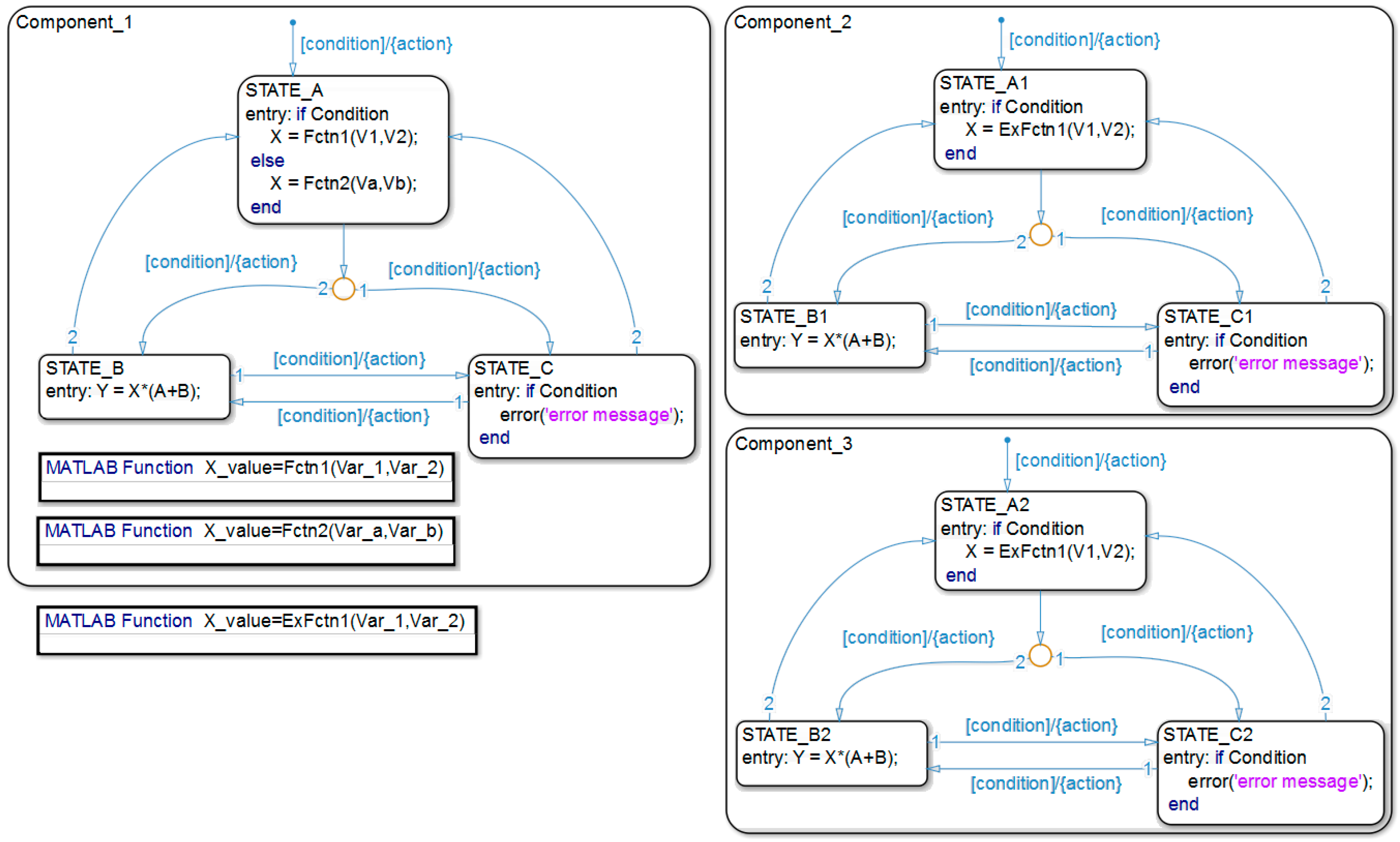
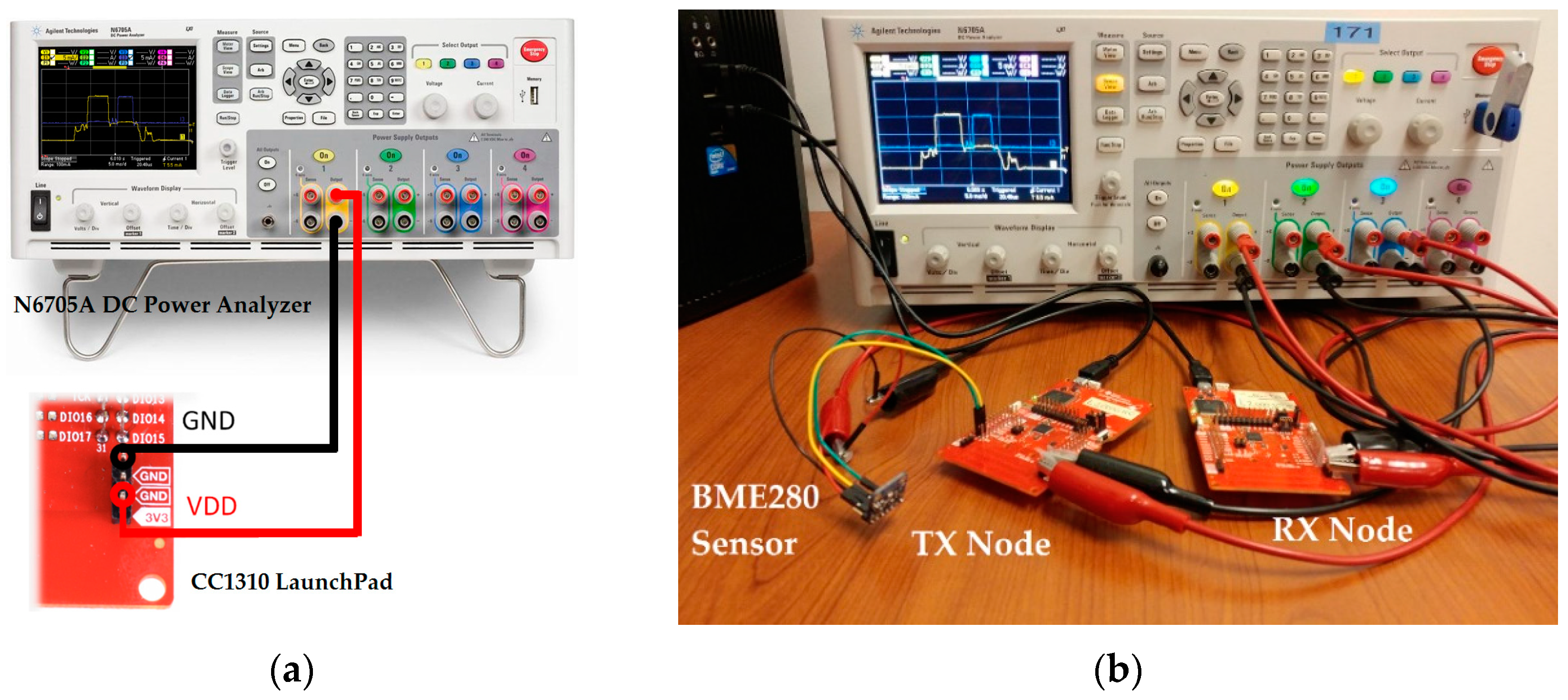
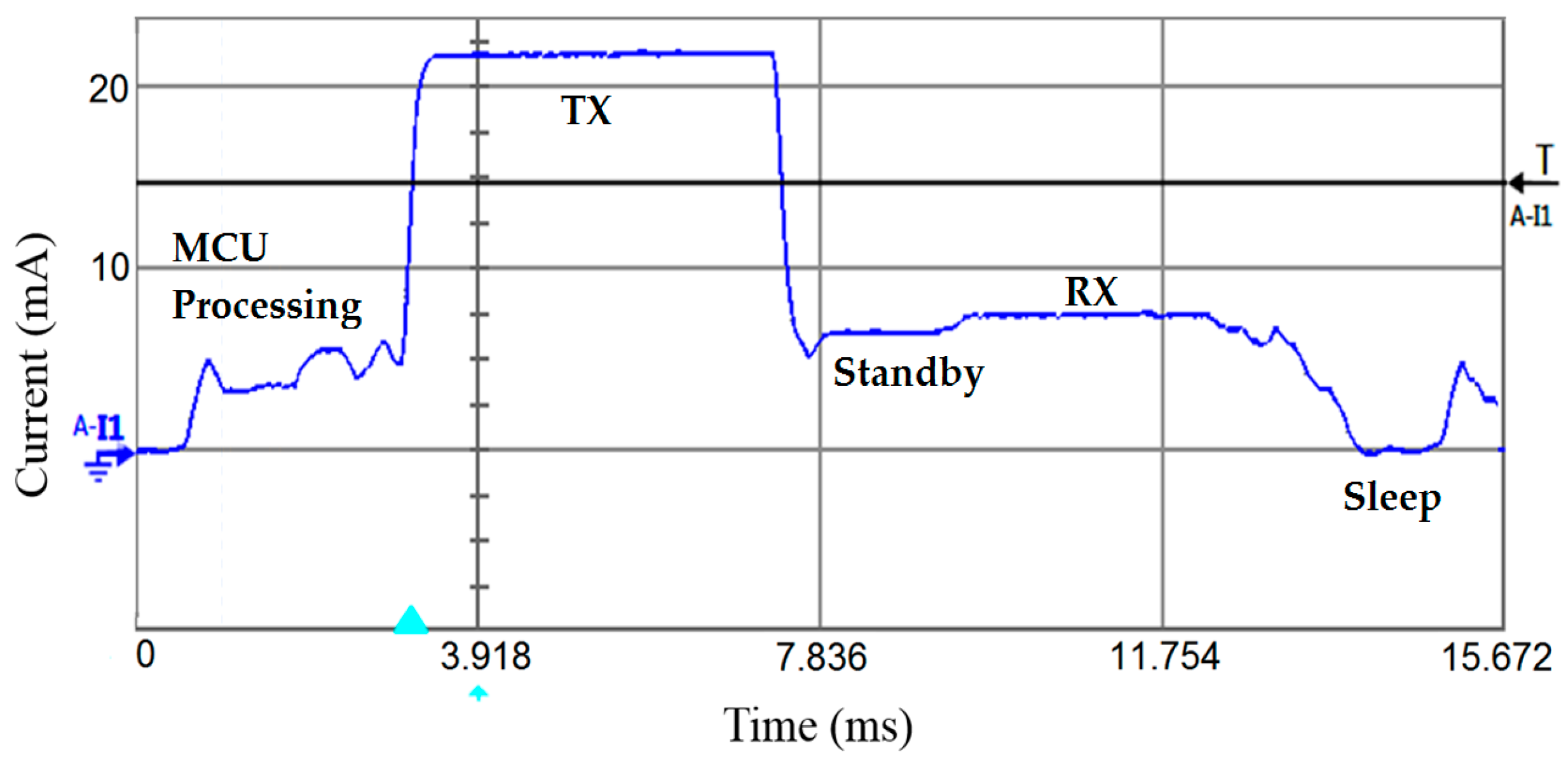

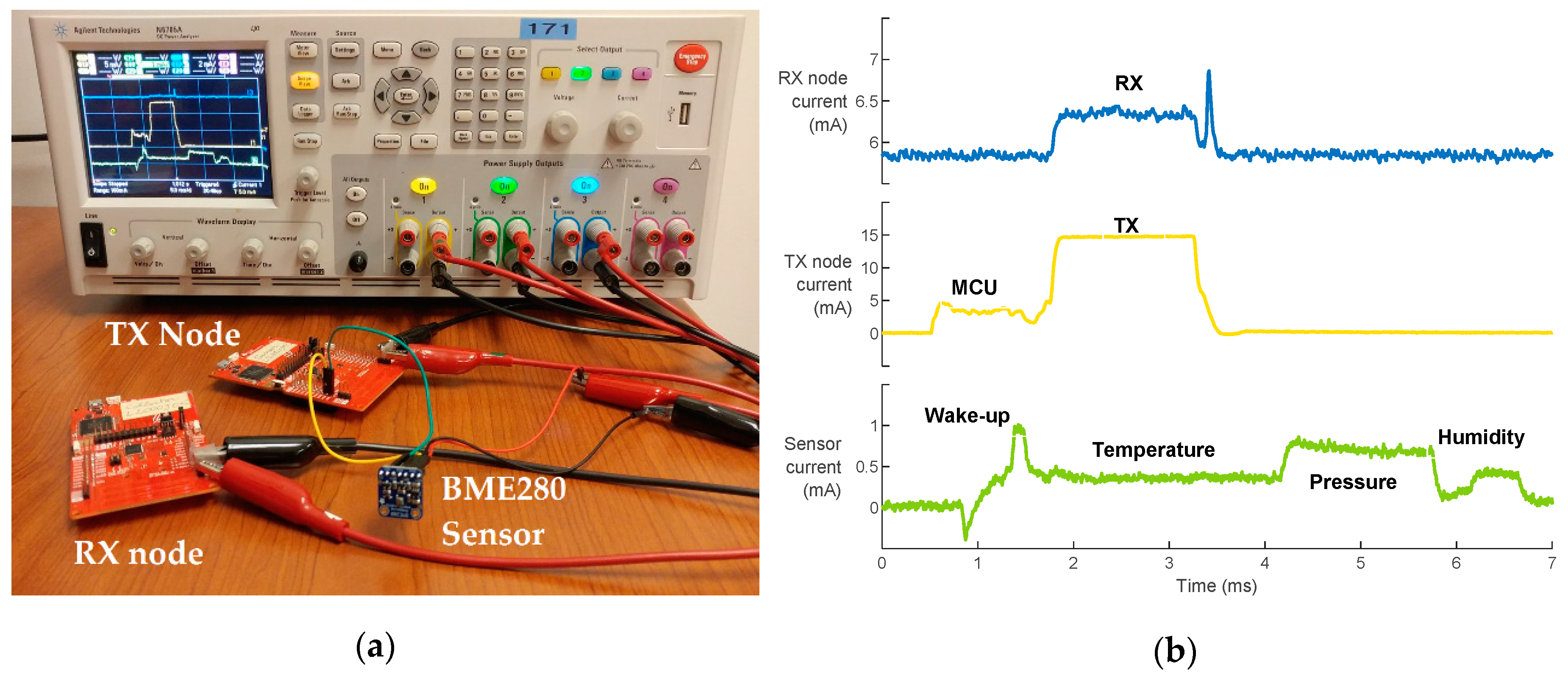
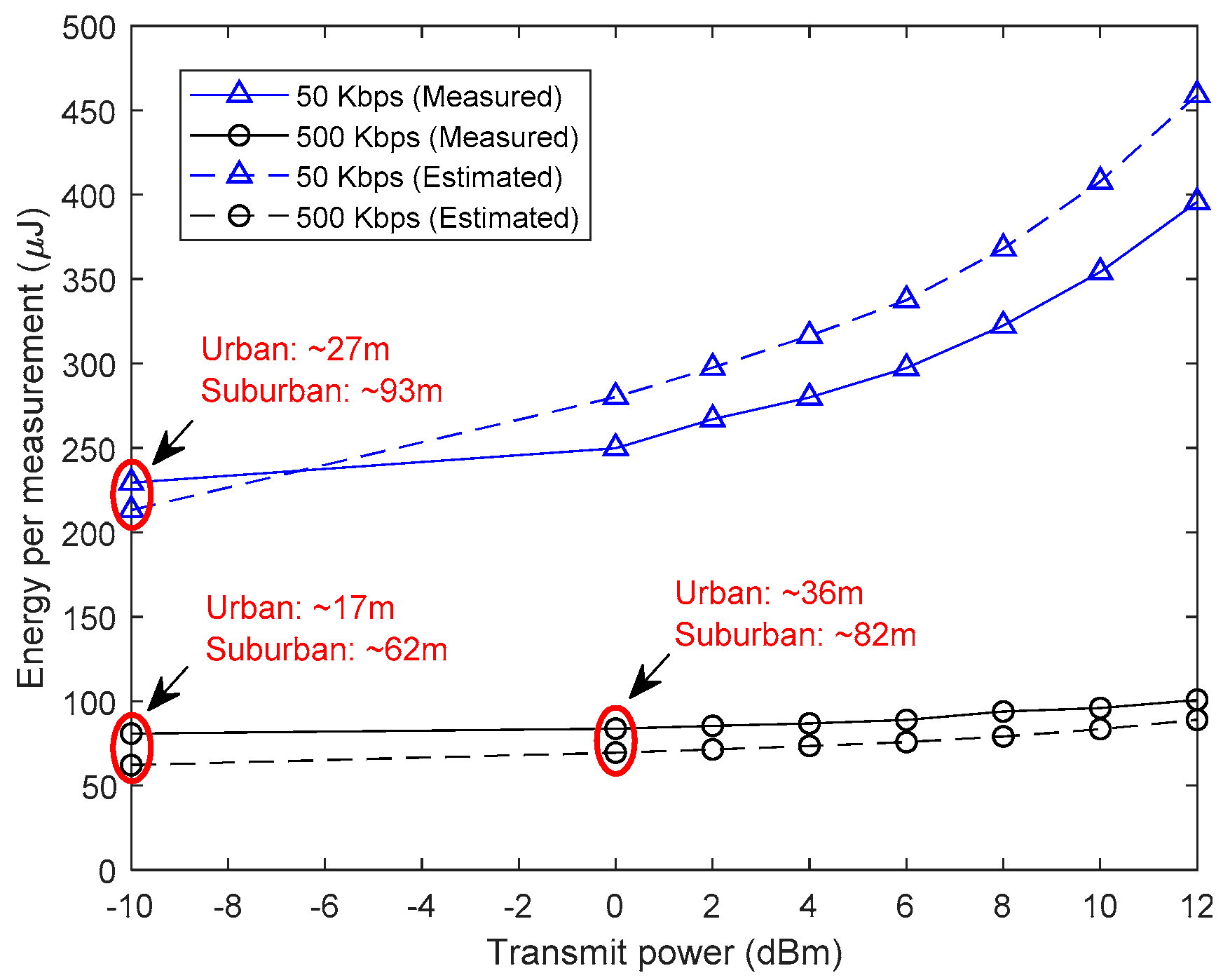
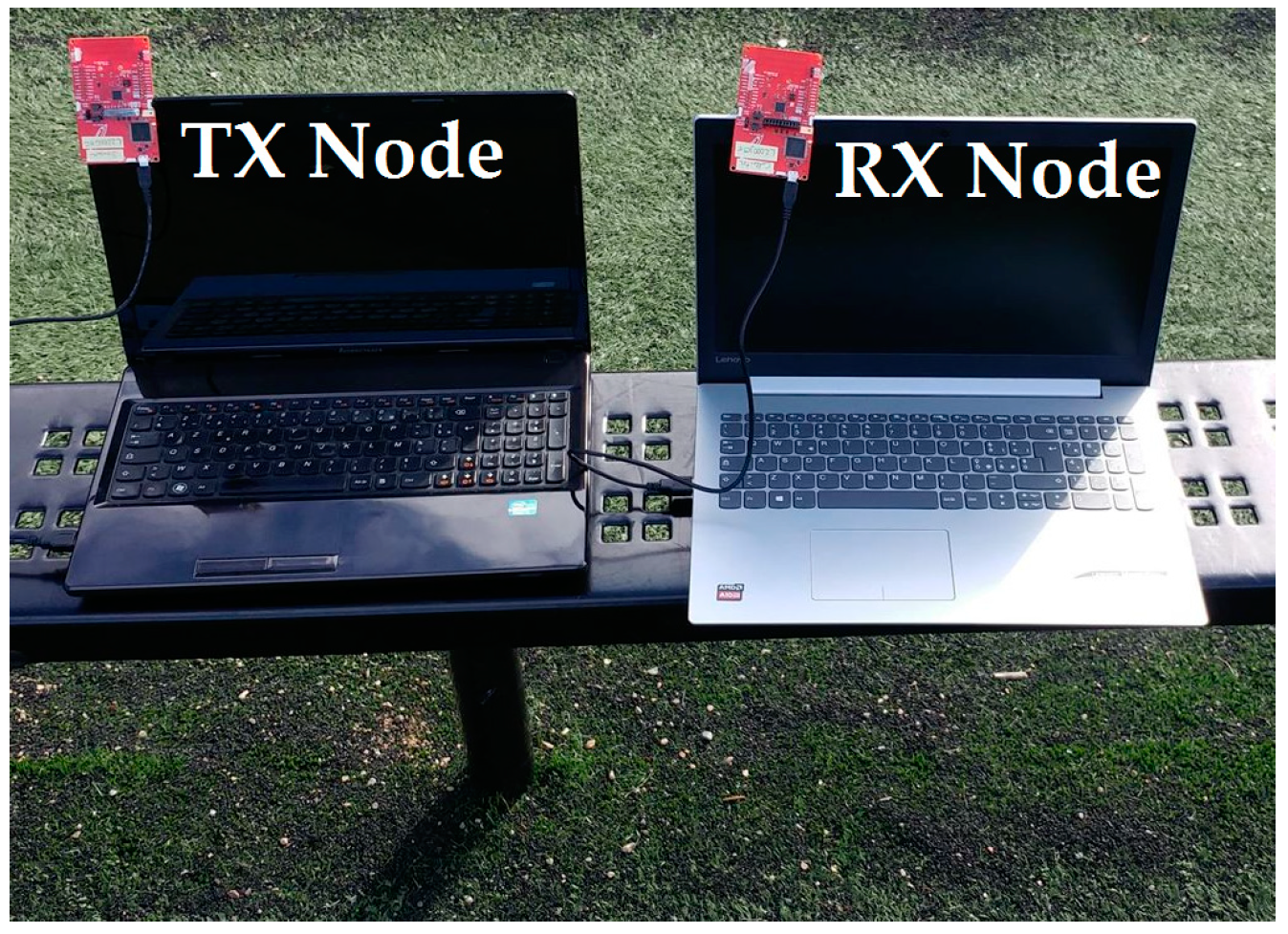


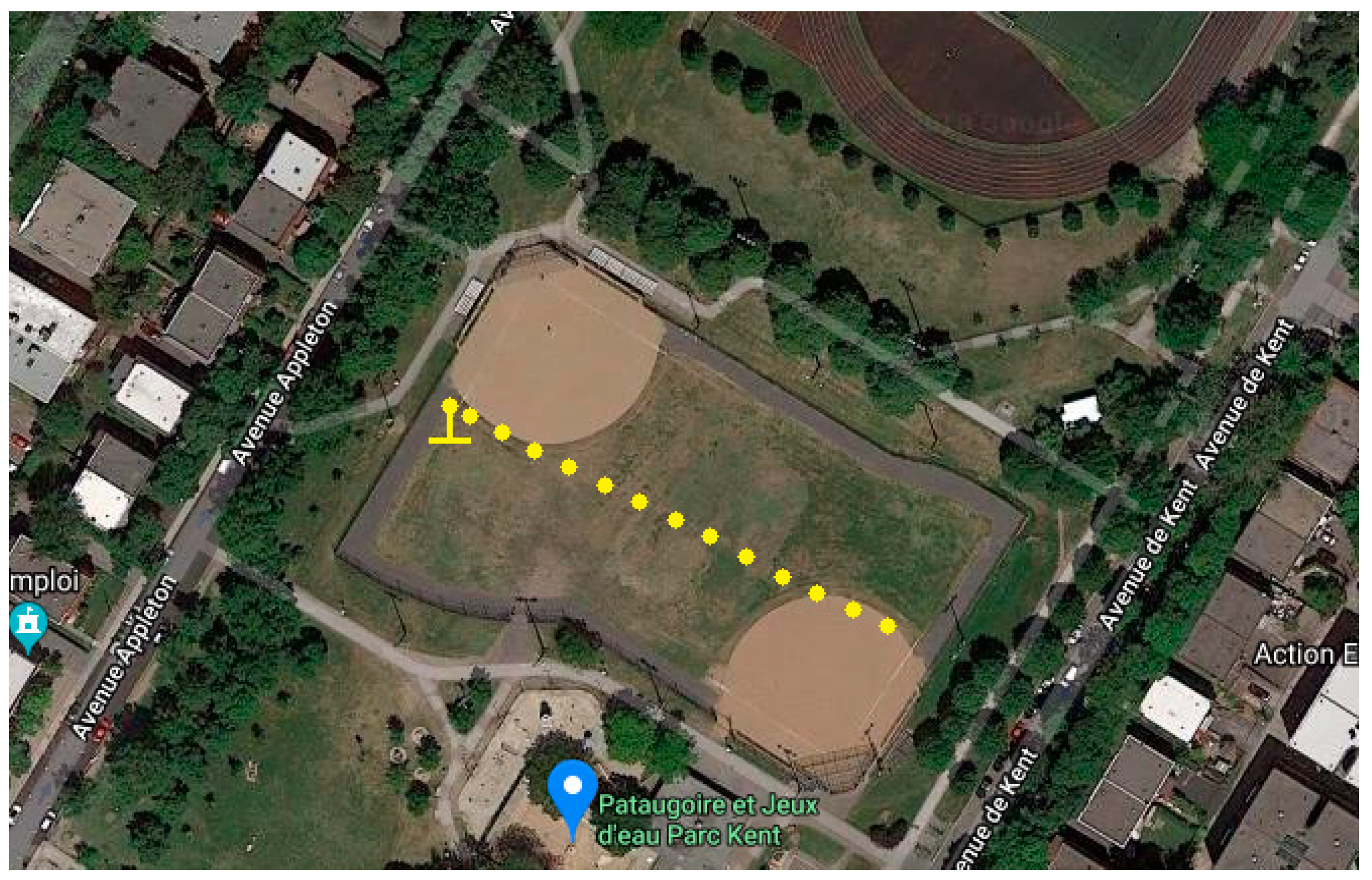
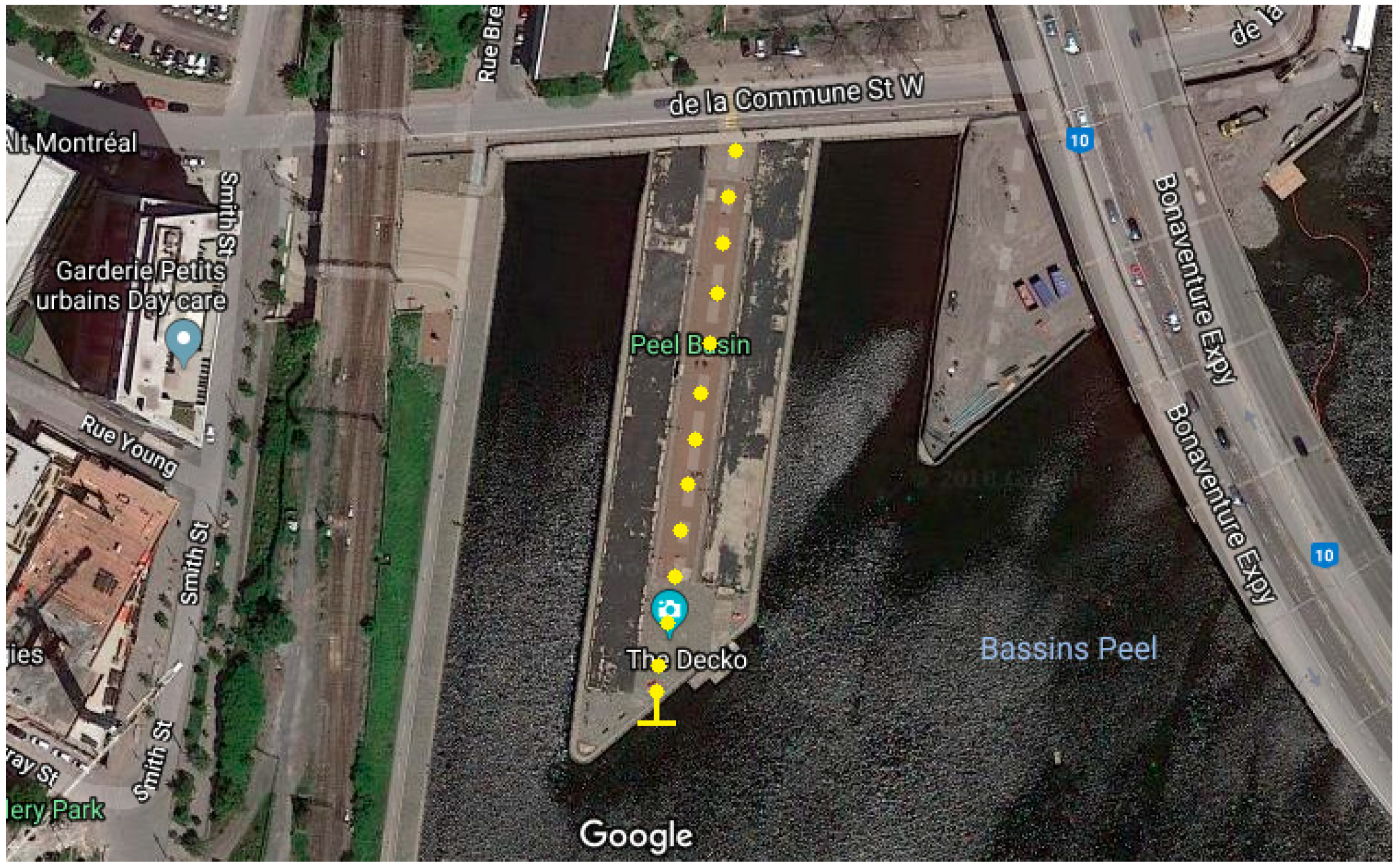
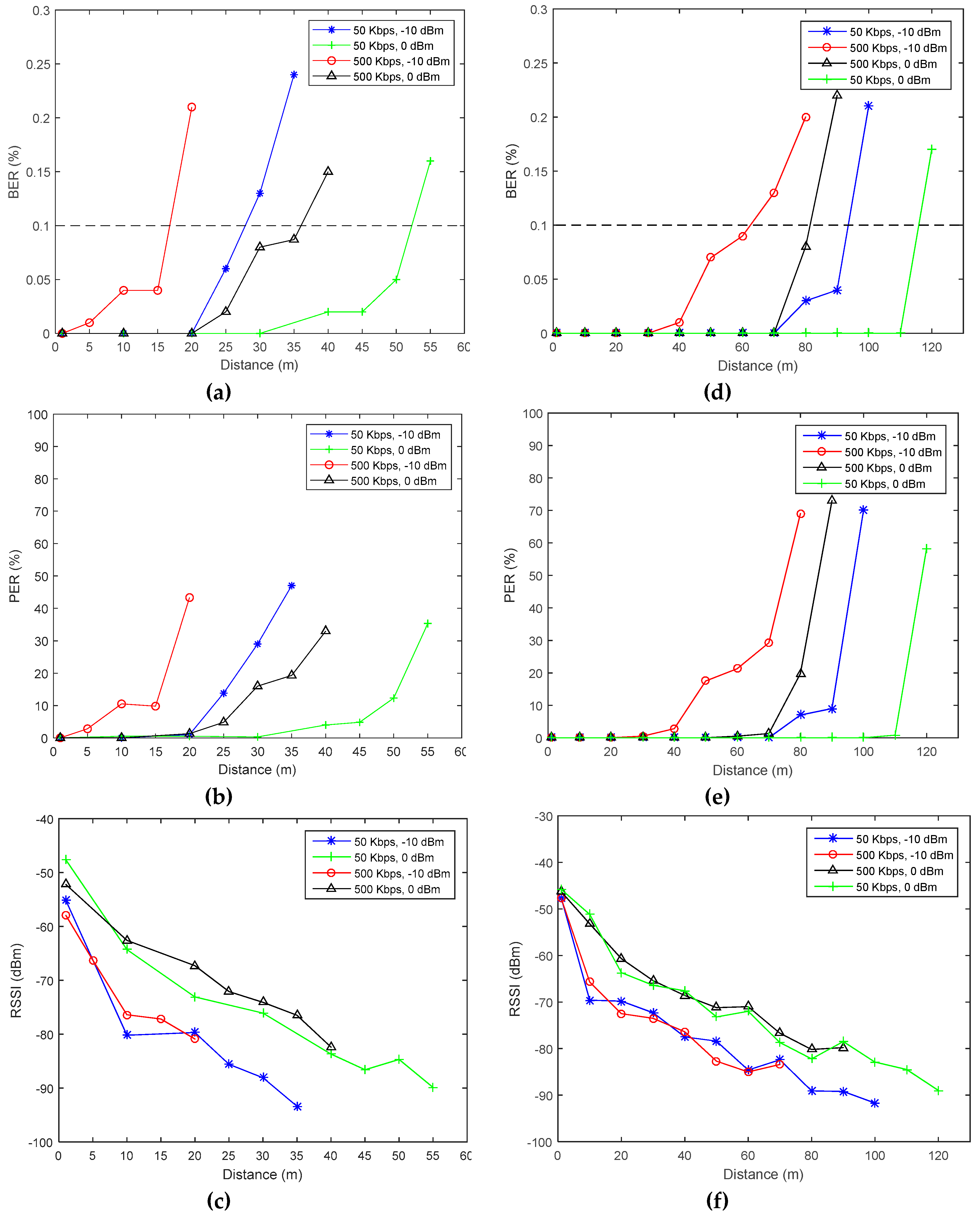
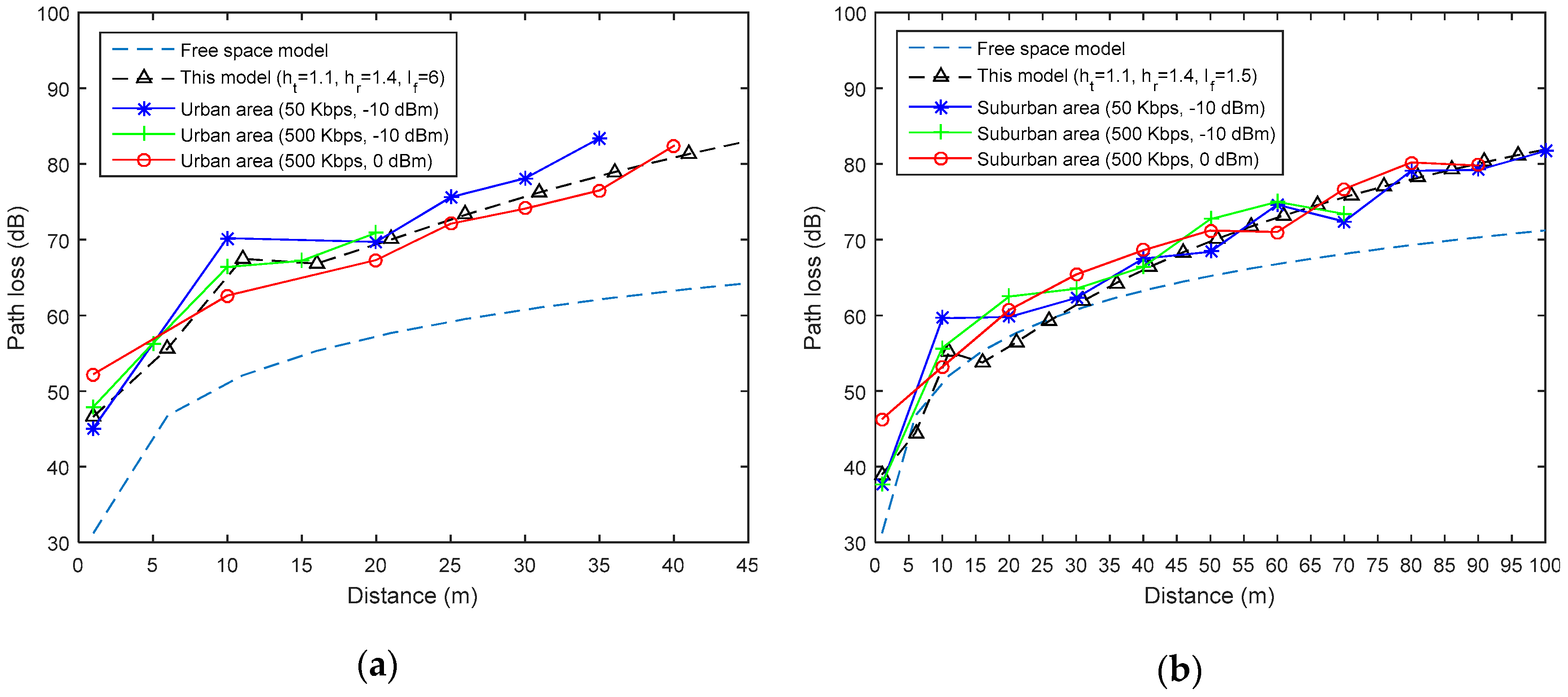
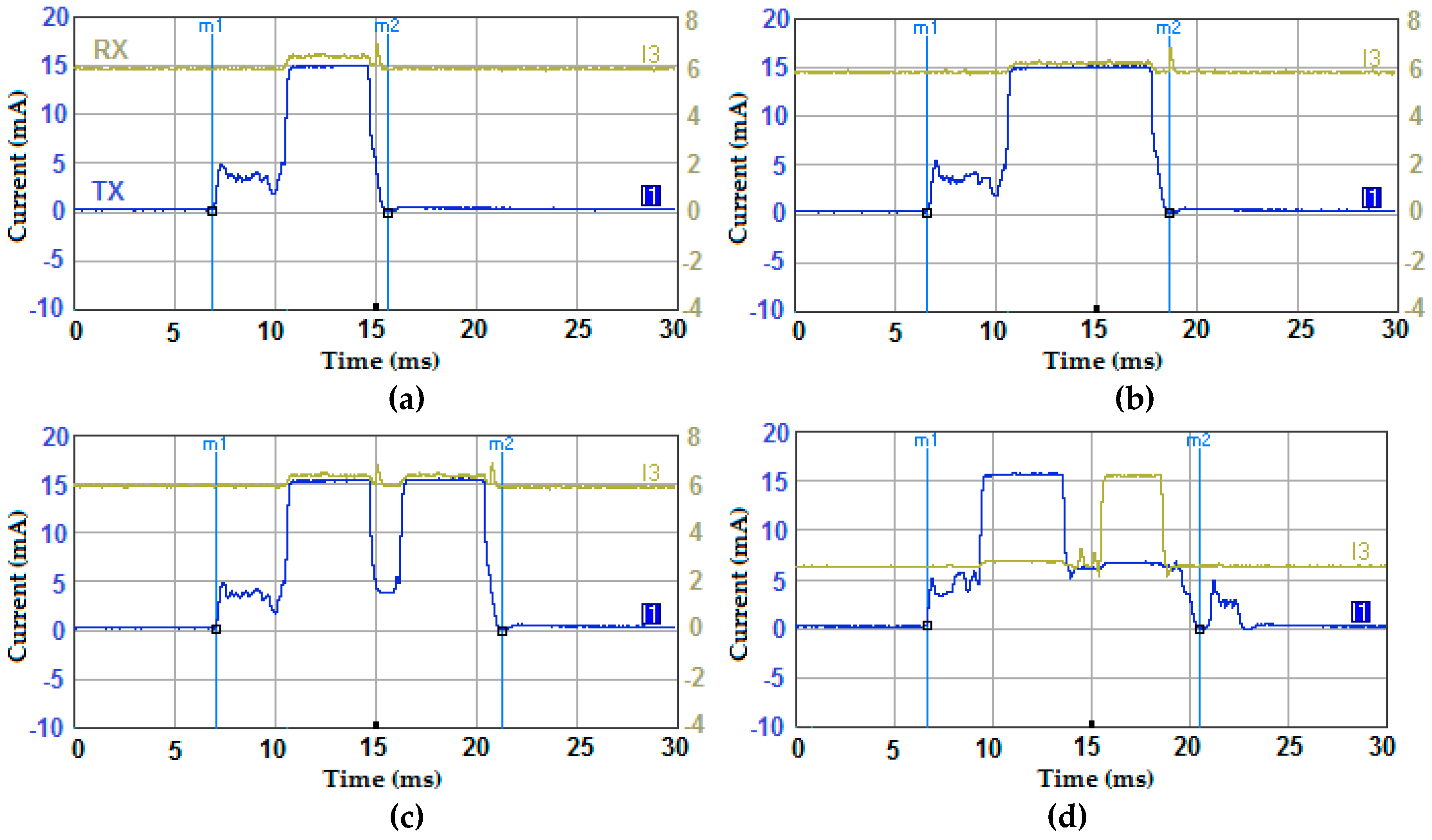

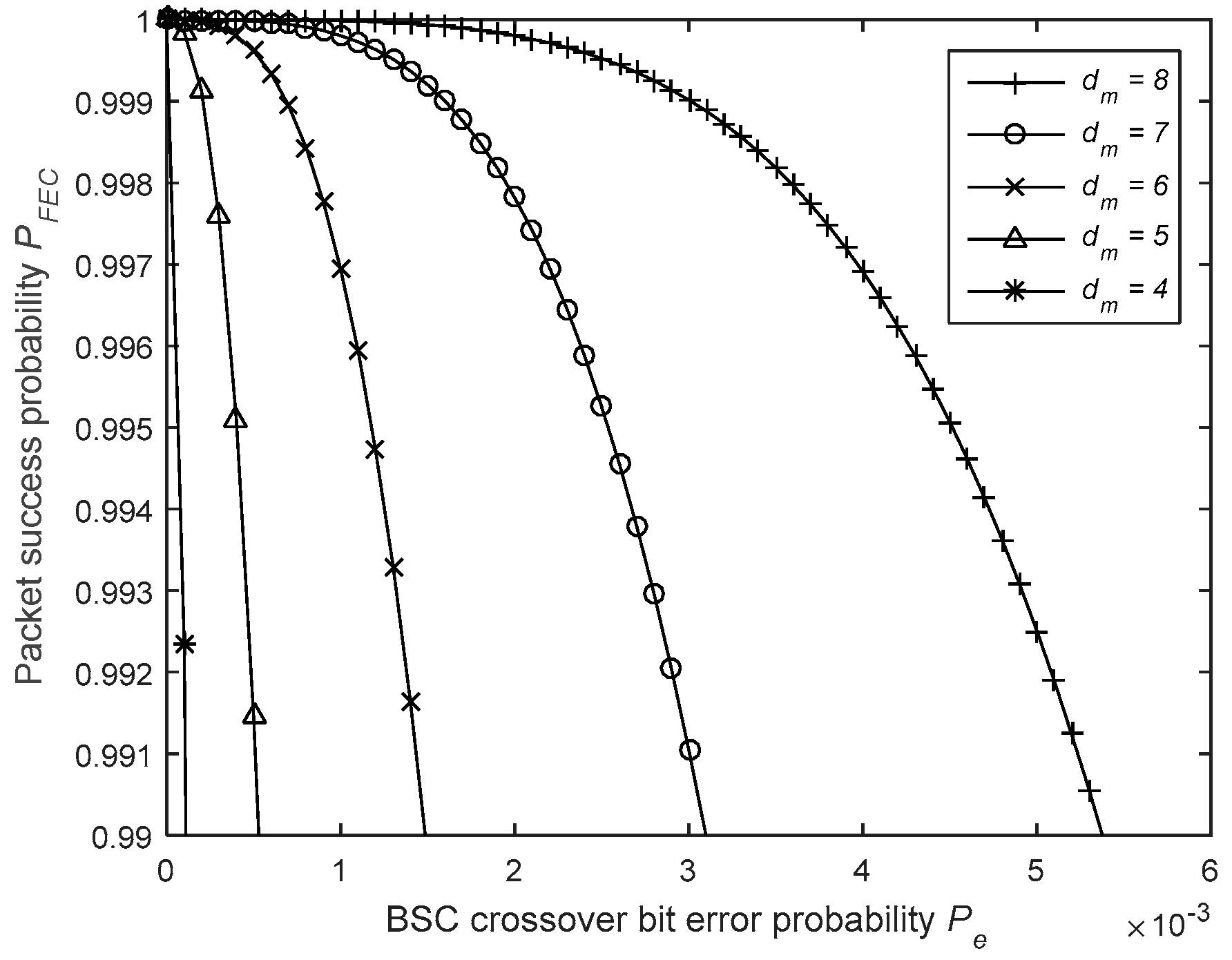

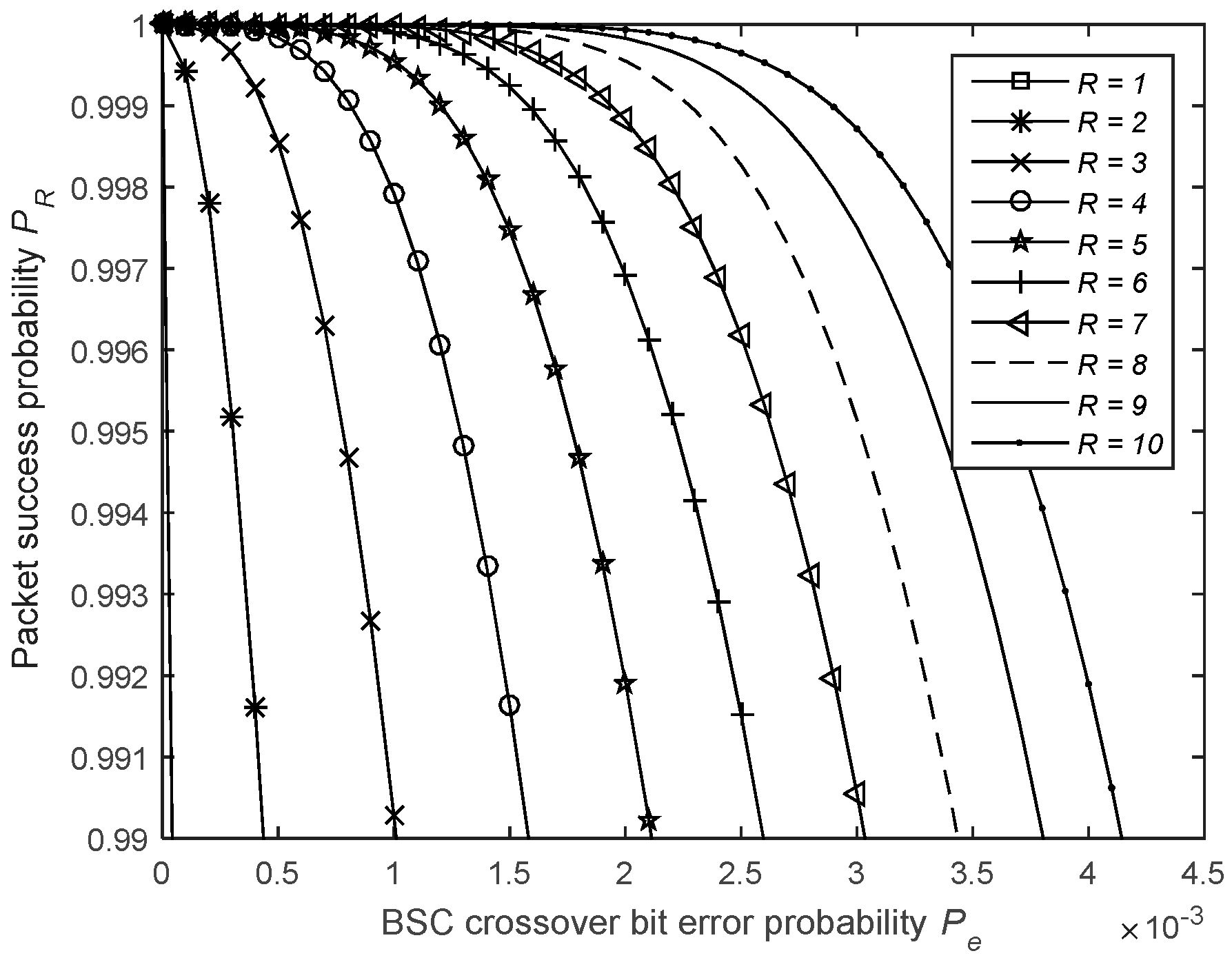
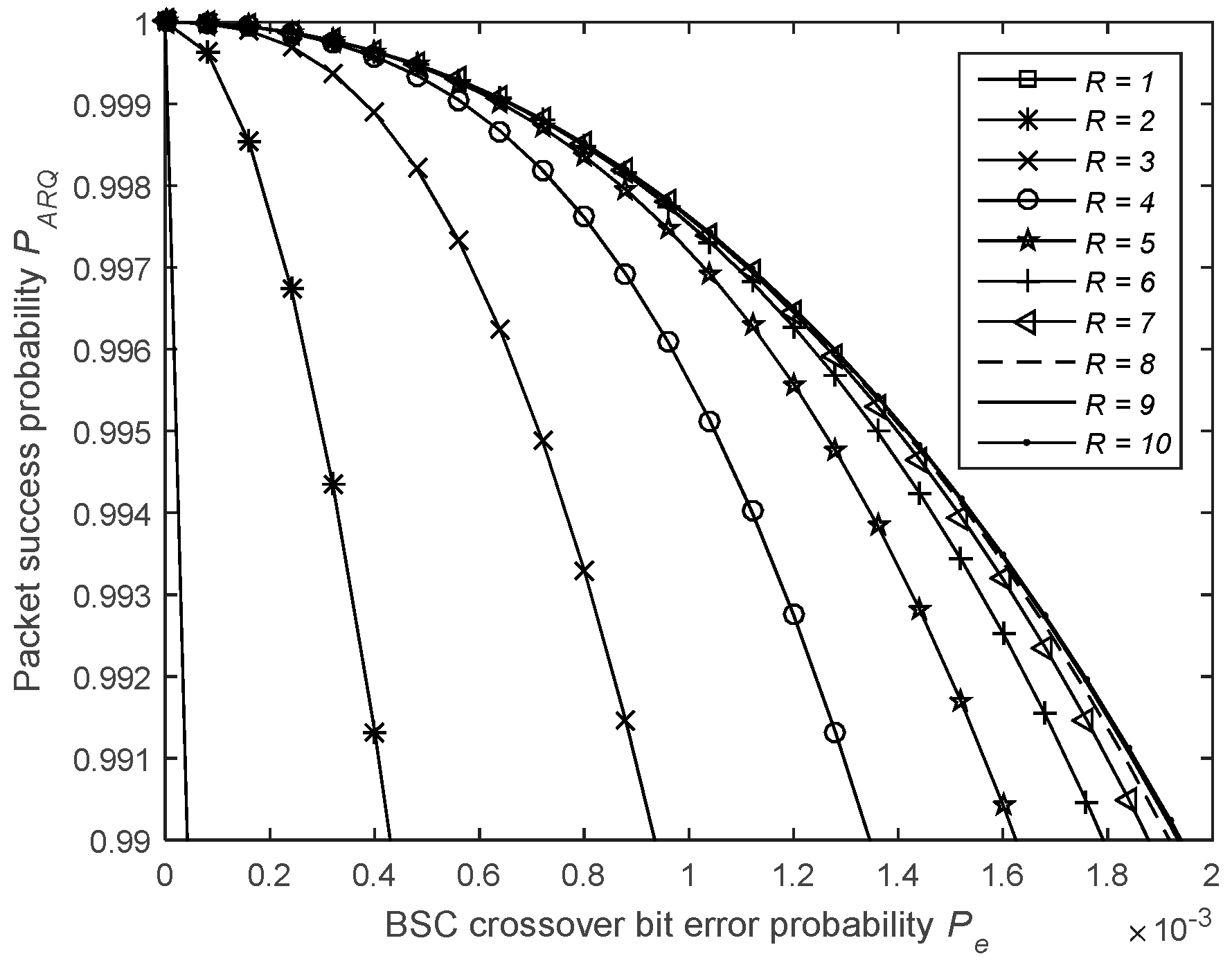
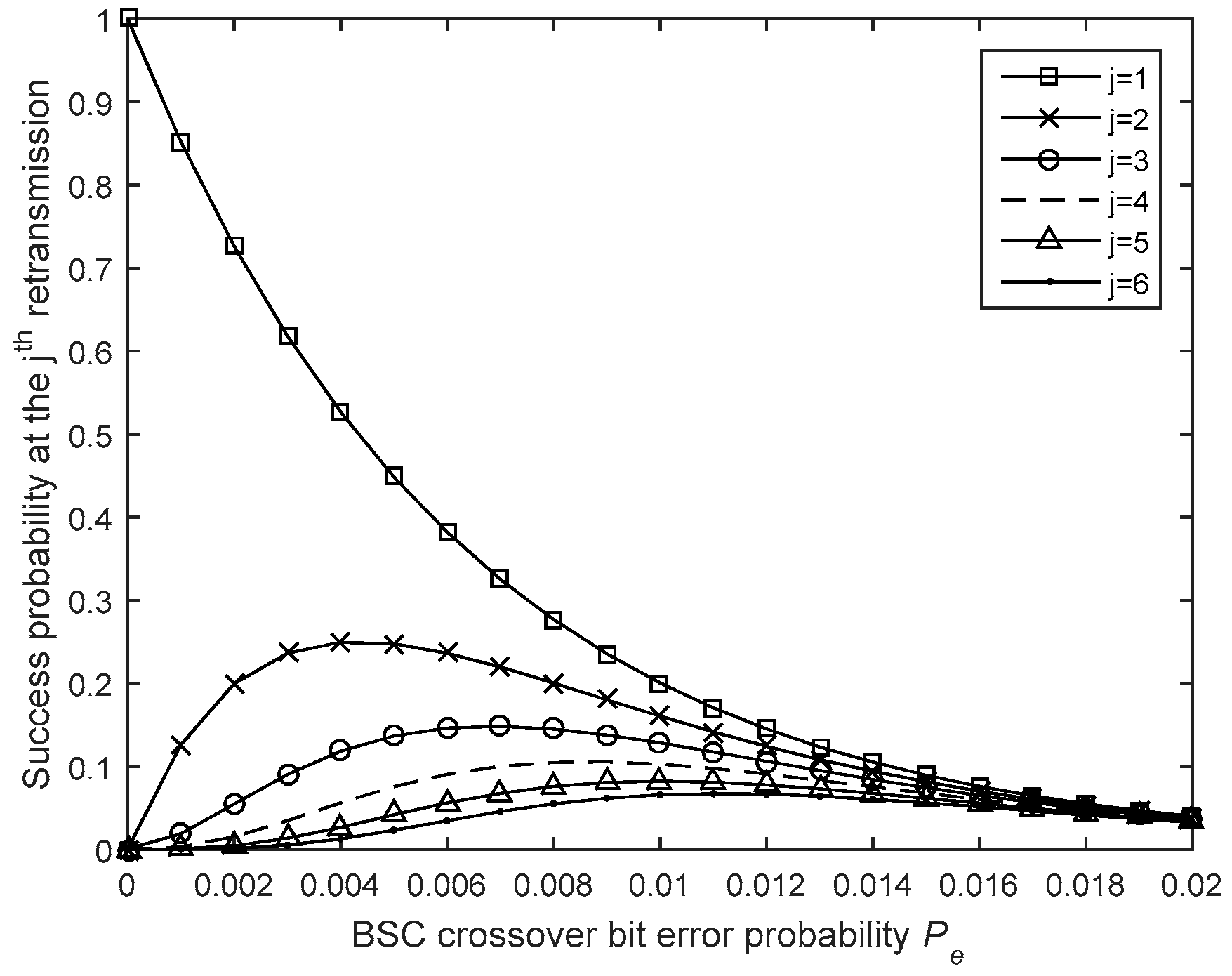
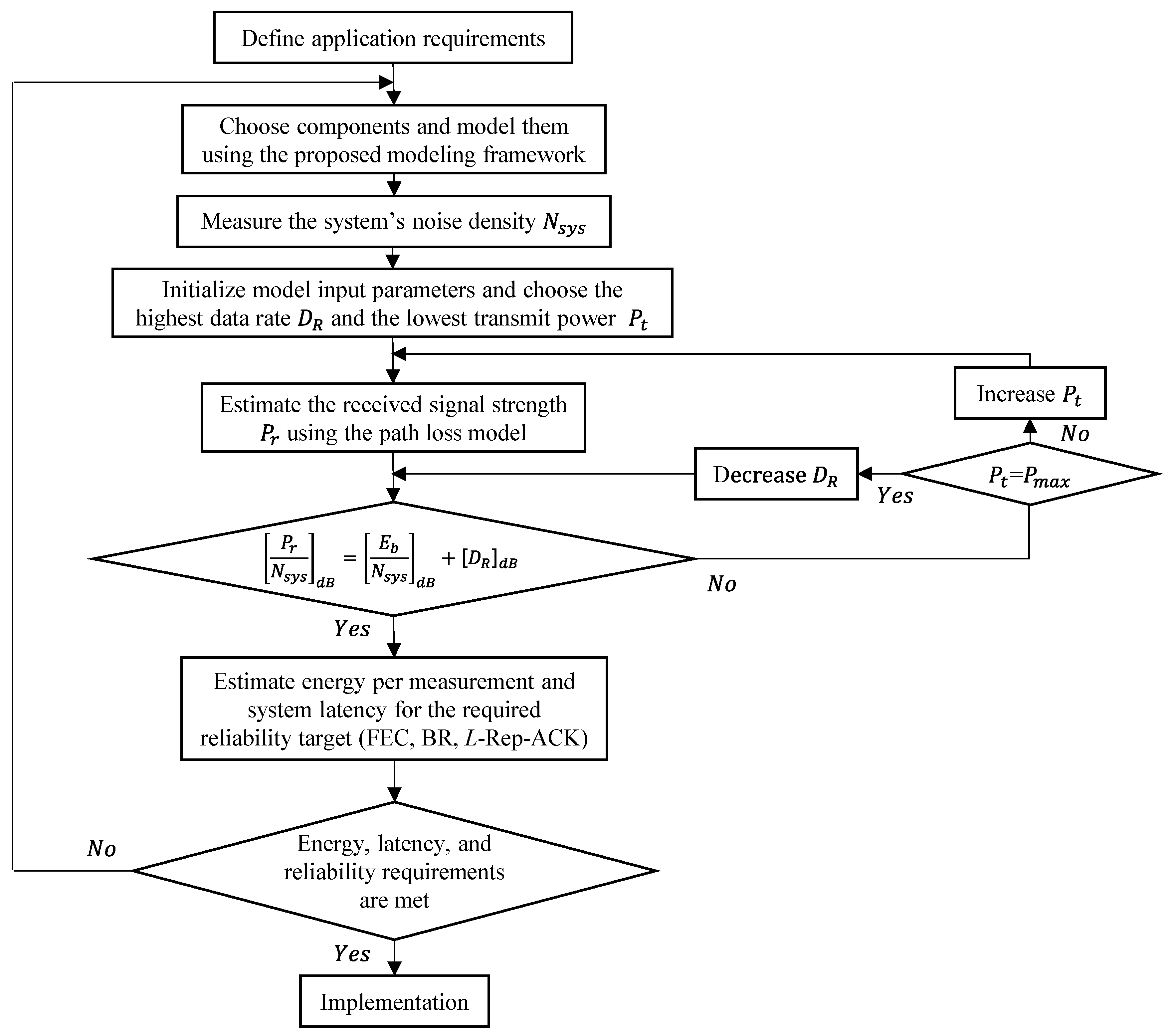
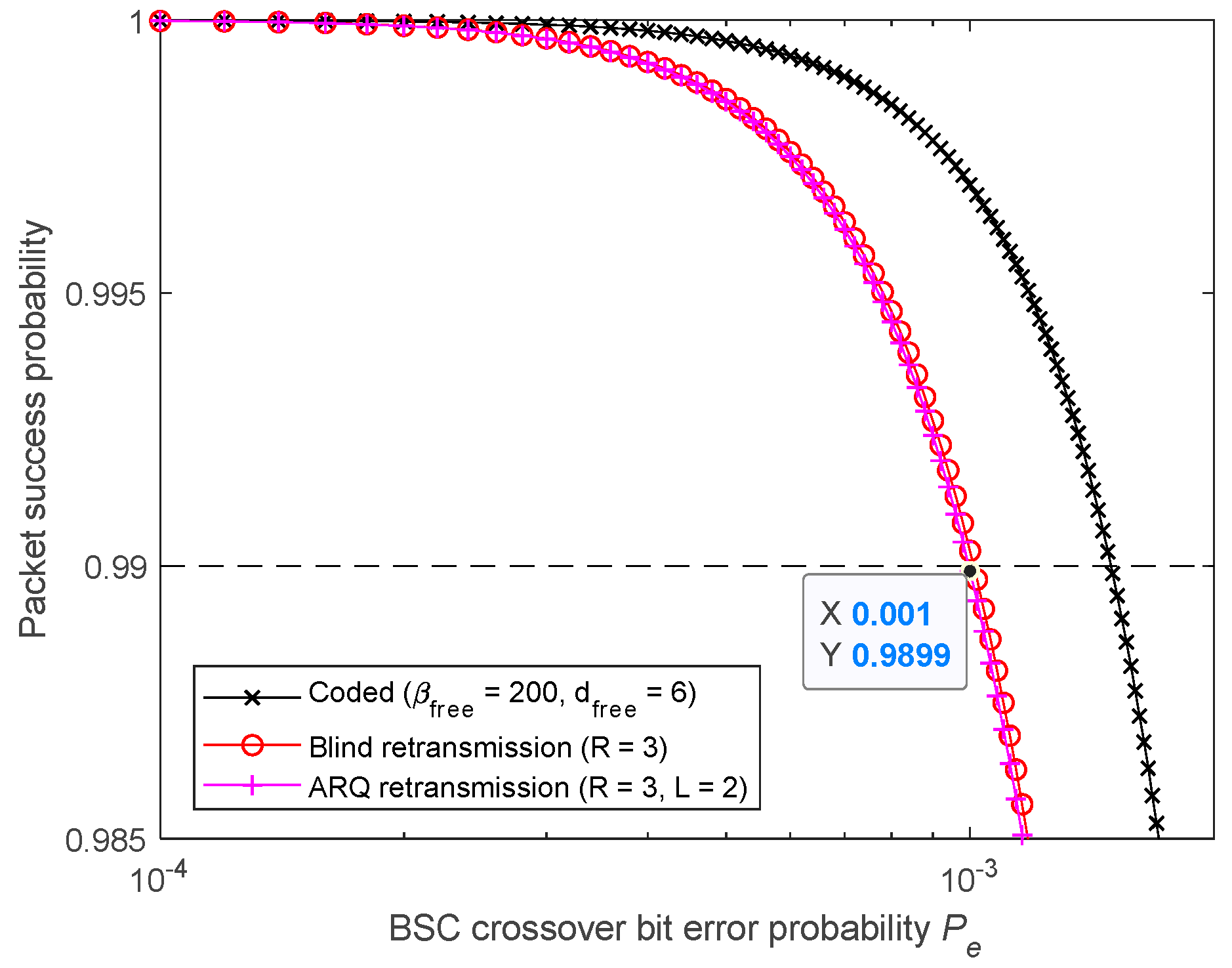
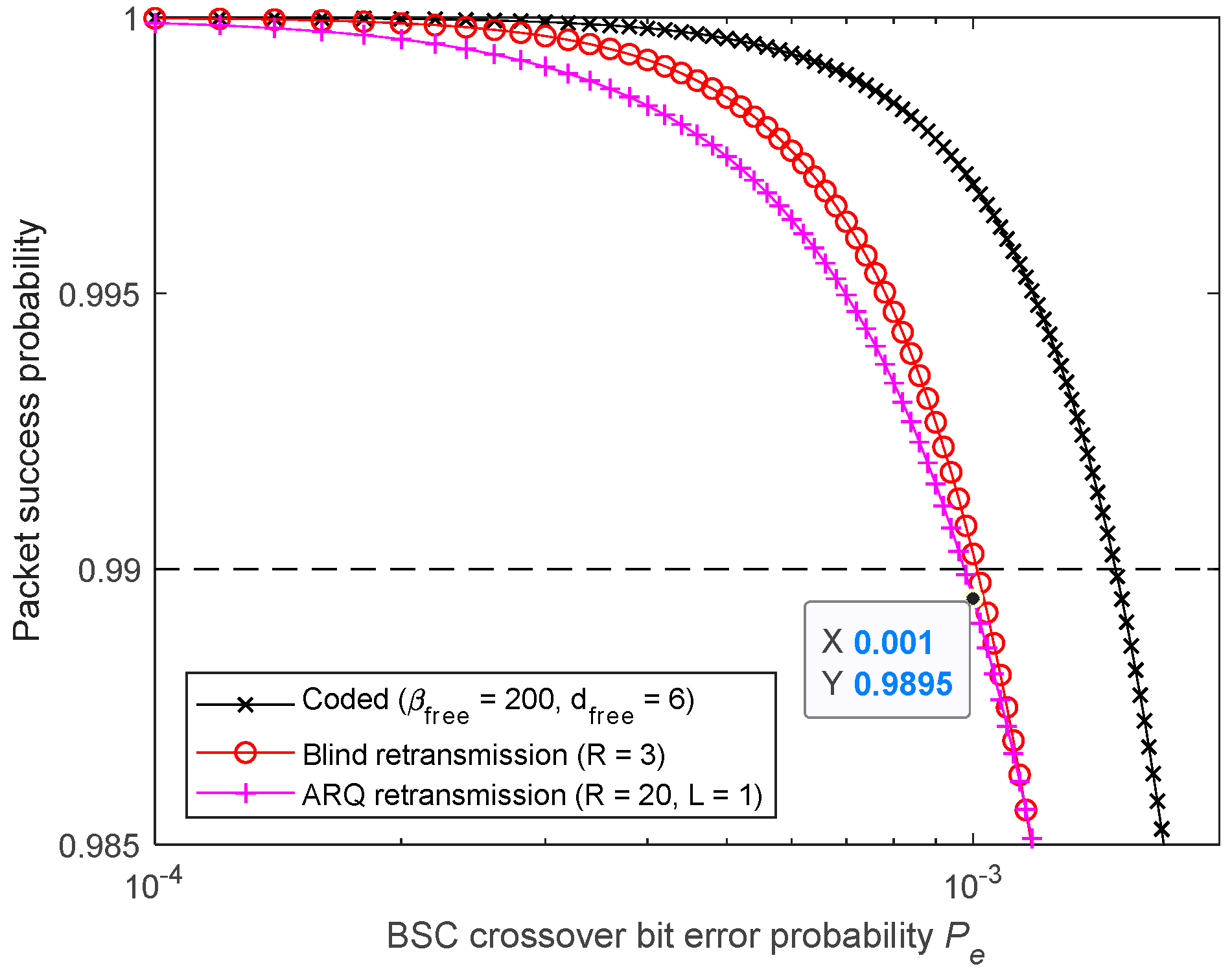

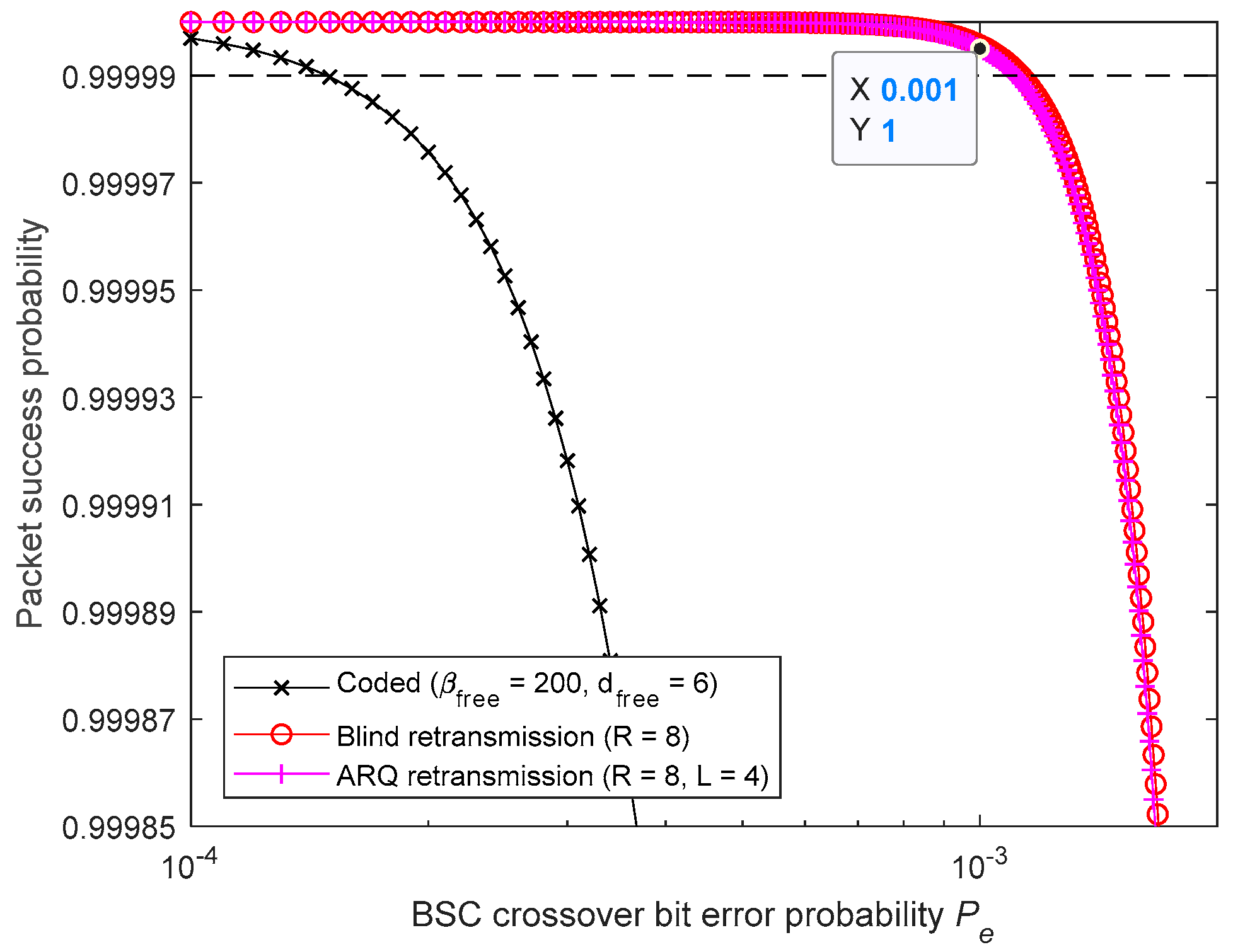
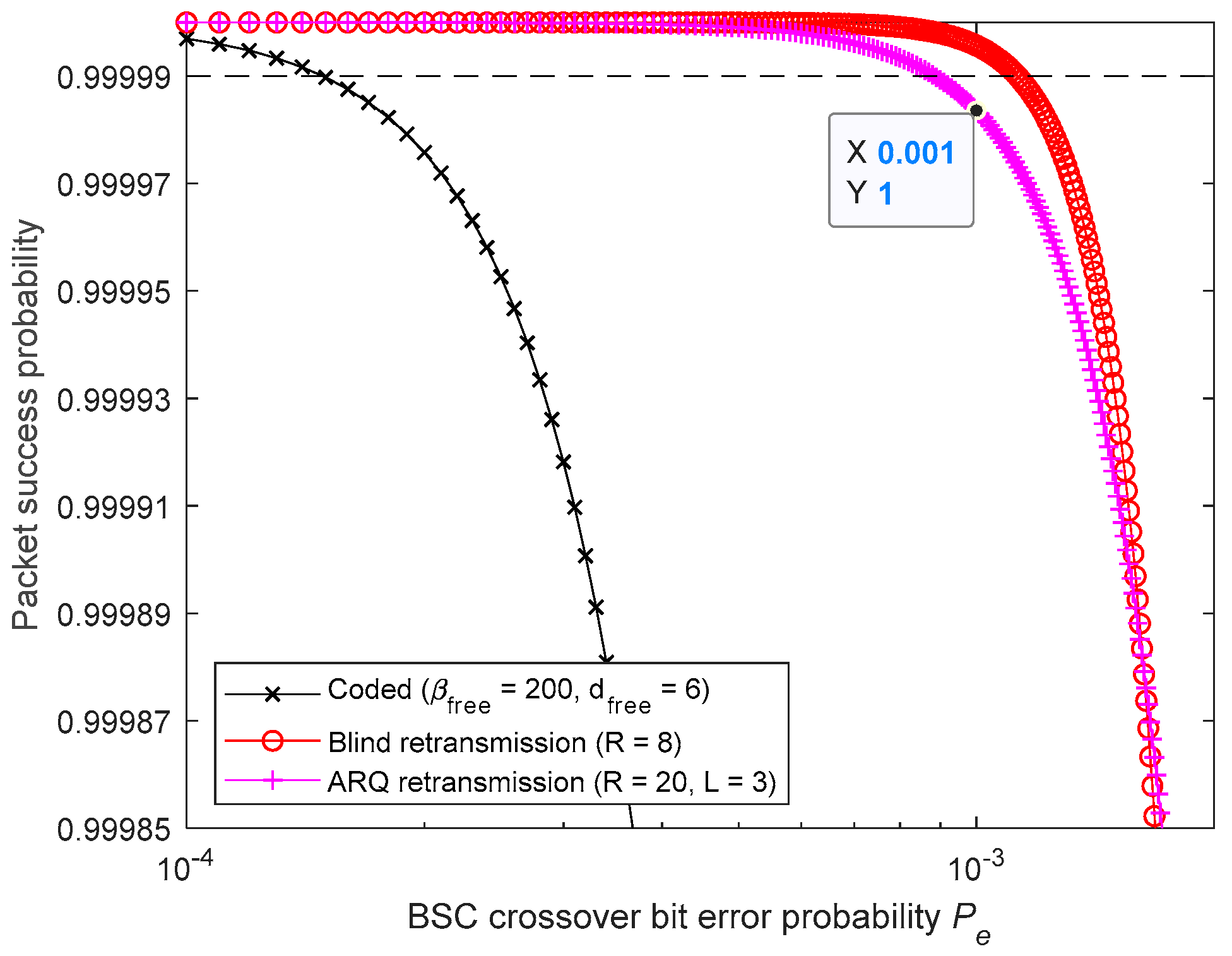
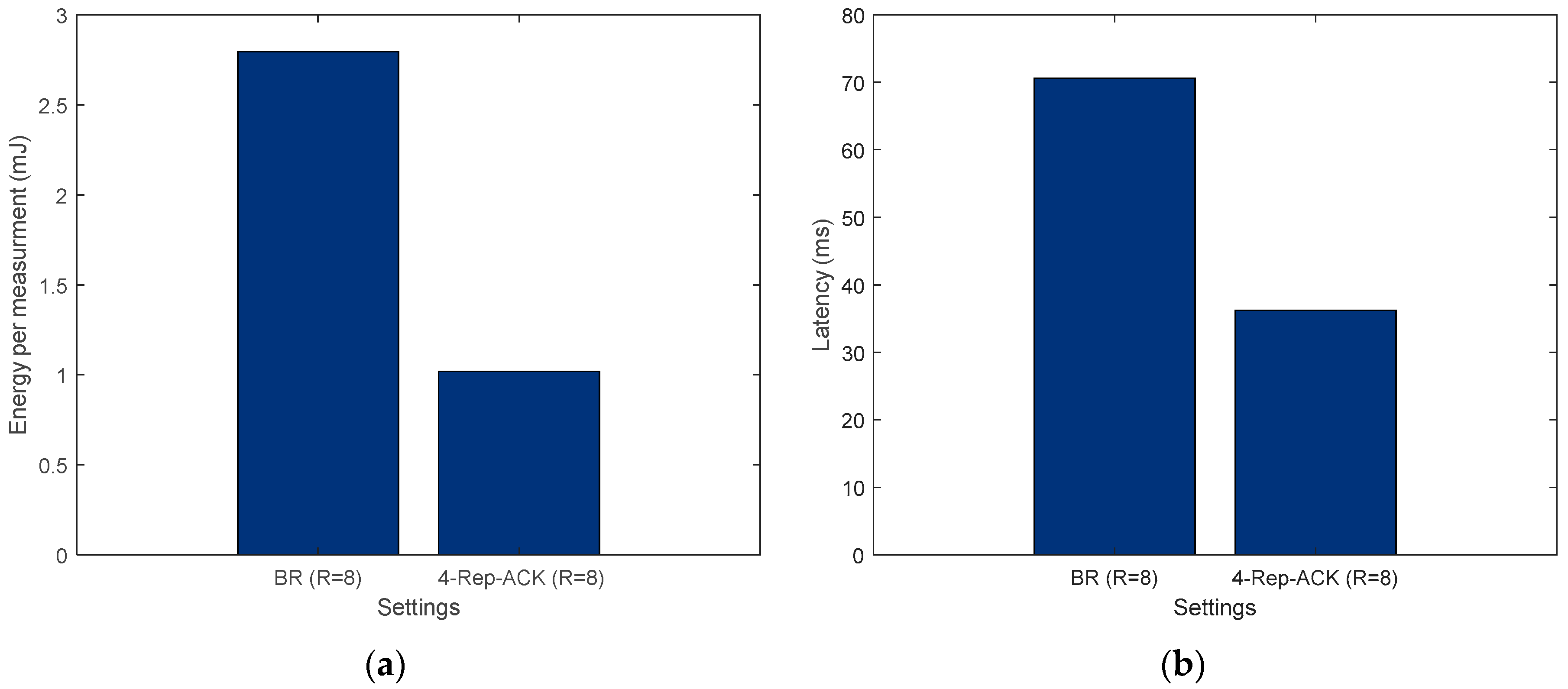
| Parameter | Description | Purpose |
|---|---|---|
| Operating voltage of the SoC | Power/Energy consumption | |
| Operating voltage of the sensor | Power/Energy consumption | |
| Data rate | TX and RX active times | |
| MCU operating frequency | Active current/Processing time | |
| Current consumption in each state | Power/Energy consumption | |
| Current consumption in each state | Power/Energy consumption | |
| Peripheral current consumption | Power/Energy consumption | |
| Packet length | Transceiver active time | |
| Reference CoreMark score | Processing time/System latency | |
| Reference operating frequency | Processing time/System latency | |
| Reference processing time | Processing time/System latency | |
| Selected MCU’s CoreMark score | Processing time/System latency | |
| Temperature oversampling factor | Current consumption/System latency | |
| Humidity oversampling factor | Current consumption/System latency | |
| Pressure oversampling factor | Current consumption/System latency | |
| Current consumption in each state | Power/Energy consumption |
| MCU | Software | Measured Current (mA) | CM Current (mA) | Error (%) |
|---|---|---|---|---|
| CC1310 | TI 15.4 stack | 3 | 2.88 | −4 |
| CC2650/CC2640R2 | BLE stack | 2.825 | 2.938 | 4 |
| Parameter | Value | |
|---|---|---|
| Inputs (based on data sheet information, measurements, and application requirements) | −154.27 dBm/Hz | |
| (CC1310) [58] | 7 dB | |
| BER (requirement) | 0.1% | |
| −10 dBm | ||
| d (requirement) | 95 m | |
| (at 0.1% BER) [59,60] | 10.3 dB | |
| PL (This model at 95 m) | 80.5 dB | |
| Results | (Equation (14)) | −90.5 dBm |
| SINR (Equation (15)) | 56.77 dBm | |
| (Equation (16)) | 44.668 kbps |
© 2019 by the authors. Licensee MDPI, Basel, Switzerland. This article is an open access article distributed under the terms and conditions of the Creative Commons Attribution (CC BY) license (http://creativecommons.org/licenses/by/4.0/).
Share and Cite
Brini, O.; Deslandes, D.; Nabki, F. A System-Level Methodology for the Design of Reliable Low-Power Wireless Sensor Networks. Sensors 2019, 19, 1800. https://doi.org/10.3390/s19081800
Brini O, Deslandes D, Nabki F. A System-Level Methodology for the Design of Reliable Low-Power Wireless Sensor Networks. Sensors. 2019; 19(8):1800. https://doi.org/10.3390/s19081800
Chicago/Turabian StyleBrini, Oussama, Dominic Deslandes, and Frederic Nabki. 2019. "A System-Level Methodology for the Design of Reliable Low-Power Wireless Sensor Networks" Sensors 19, no. 8: 1800. https://doi.org/10.3390/s19081800
APA StyleBrini, O., Deslandes, D., & Nabki, F. (2019). A System-Level Methodology for the Design of Reliable Low-Power Wireless Sensor Networks. Sensors, 19(8), 1800. https://doi.org/10.3390/s19081800





